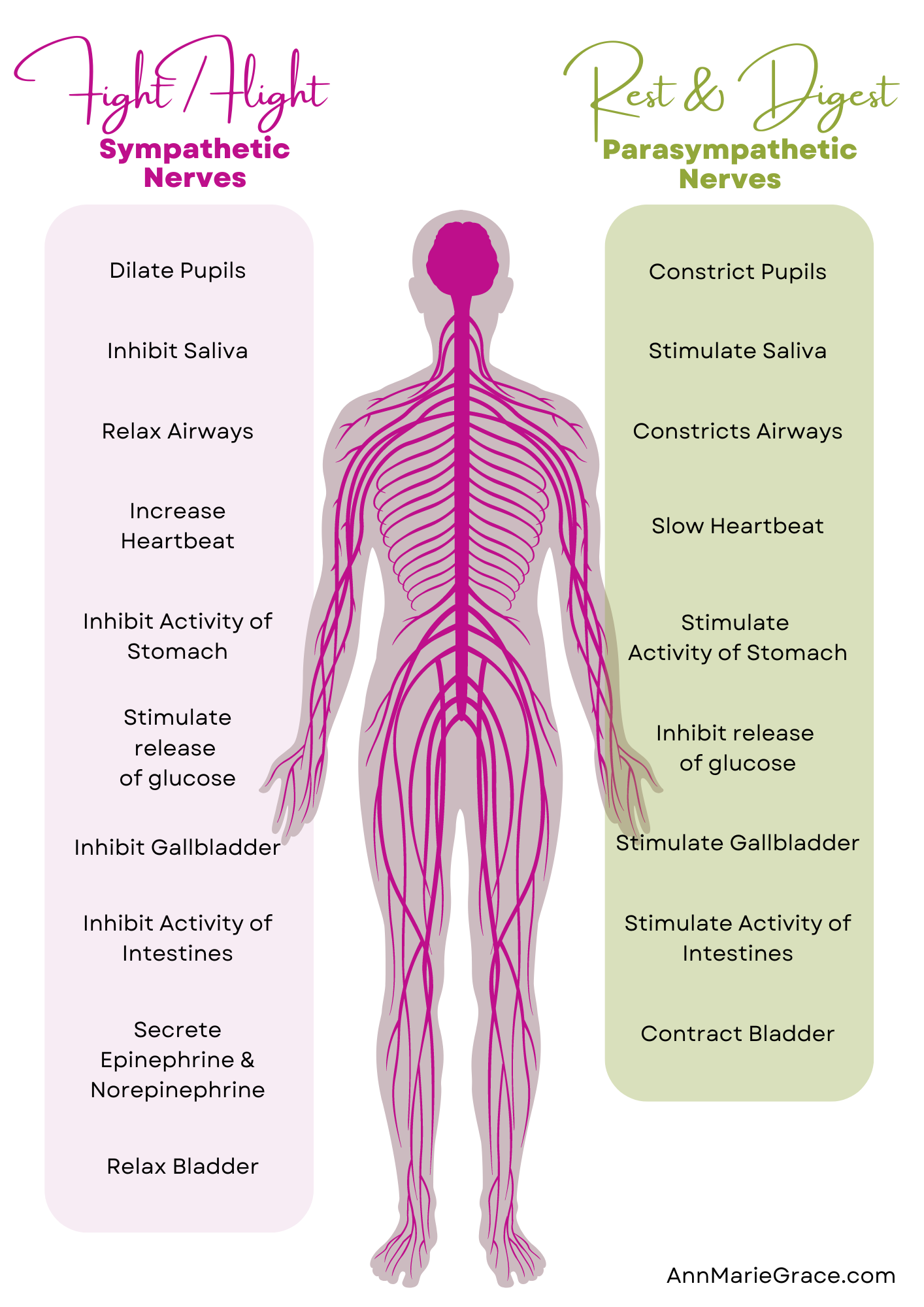Thrive Through Daily Pause
Pause - Connect - Breathe
Research shows mindfulness practices such as connecting to our breath or meditation LITERALLY changes our brains in as little as 10 mins a day*
Our pre-frontal cortex thickens, we create new neurons, the size of our amygdala reduces (our fight/flight/fear part of our brain) and there is a change in mylination - (meaning electrical impulses transmit more quickly and efficiently along the nerve cells).
Taking moments throughout the day to focus on breathing or tuning into bodily sensations activates our body’s relaxation response (our parasympathetic nervous system) and lowers stress hormones like cortisol and adrenaline.
The following mindful practice can help you create a buffer against daily pressures and general stress. A daily practice will enhance emotional regulation, improve mental clarity and promote focus and calm; furthermore, regularly connecting with breath and body fosters resilience and makes it easier to navigate challenges and maintain well-being.
*10 mins a day for 8-10 weeks

Pause, Connect & Breathe
PAUSE
Pausing is crucial for maintaining balance and happiness, as it allows us to step back from the demands of daily life and reconnect with our inner selves.
Prioritising moments to pause will reduce stress, help clear your minds, and help you gain perspective, mental clarity and foster emotional resilience.
Pausing allows you an opportunity to reflect, connect in, breathe deeply, reset intentions and ensure our actions align with our values.
By incorporating regular pauses into our routine, we create space for mindfulness, self-awareness, and a deeper sense of peace and contentment, essential for a balanced and fulfilling life.
As for what you do in your Pause - it comes down to the time you allot. If you only have a few minutes, I recommend you connect in or connect to your breath. If you have more time, take a meditative walk in nature, or consider intuitive journalling to allow messages from within to emerge.
Stilling the mind through practices such as meditation or deep breathing exercises allows us to become more attuned to our body's needs & this heightened awareness can lead to better self-regulation, improved decision-making, and a greater sense of emotional balance.
WHAT PHYSIOLOGICALLY HAPPENS WHEN WE PAUSE?
A pause for mindful breathing or meditation helps shift the body from the fight-or-flight response to rest-and-digest by activating the parasympathetic nervous system.
Slow, deep breaths signal safety to the brain, reducing the release of stress hormones like cortisol and adrenaline. This calming response slows the heart rate, lowers blood pressure, and relaxes muscles. It also increases vagal tone, enhancing the vagus nerve's ability to regulate bodily functions such as digestion and immune response.
This shift allows the body to move into a restorative state, promoting relaxation, reducing anxiety, and supporting overall physical and mental well-being.
Even if you can’t find 10 mins a day to set aside for a practice, everyone can find one minute to connect to their breath and slow it down…
CONNECT
As a student of meditation for some 16+ years, I have tried a wide range of practices, and I have shared a few of my favourite practices here.
Ultimately, meditation is subjective and what works for me is not necessarily what will work for you. Thus I have provided a range of different practices that you might like to try.
In recent times, I have discovered a meditative approach that connects with me both experientially & practically more than any other practice I’ve done.
This (Heart-Full Connection Meditation) is now at the heart of all of my practices.
It provides a daily connection into every aspect of my being and provides an abundance of wisdom and information when I stop and listen.
If you can prioritise more time for yourself, I encourage you to consider how to bring some of these other aspects into your life to create more abundance and happiness.
Some of the many benefits of meditation
Reduces stress
Improve emotional health
Enhance focus and concentration
Promote better sleep
Support cardiovascular health
Reduce symptoms of anxiety
Boost immune system
Decrease symptoms of depression
Reduce pain perception
Improve memory and cognitive function
Increase emotional intelligence
Enhance overall well-being
5 Minute Mindfulness Meditation
Adopt a posture that is both comfortable and sustainable for a few minutes
You may choose to sit or lie down for this practice. Set your time for 5 minutes. Bring your awareness to an anchor: Choose to focus on either sensations or movements in your body, your breath, an image you find powerful or calming, or tuning into the ambient sounds around you. Allow your mind to focus on this anchor.
When you notice your mind wander, which it will (and is both normal and to be expected), gently guide your awareness back to the anchor.
Repeat the process of focusing your attention, noticing your mind wandering and returning your awareness to your anchor until the timer ends.
Set an intention to practice this simple mindfulness meditation every day.
8 min Heart-Full Connection
Daily Check-In
8 min - daily check-in walking you through the physical and energetic body; intellect, emotional and wisdom self and connecting into your heart energy.
Use this as a daily check in, ideally first thing in the morning and then journal the key messages from self afterwards.
11 min Heart-Full Connection
Daily Check-In
11 mins - daily check-in walking you through the physical and energetic body; intellect, emotional and wisdom self.
For best results, use this as a daily check in. Do this short meditation first thing in the morning and then journal the key messages from self afterwards.
20 Min iRest Yoga Nidra for Inner Strength
This iRest Yoga Nidra is to support you in finding your own inner strength and resolve.
You can practice this sitting or lying down. If lying down, you may like to place a folder blanket under your knees to help the back soften and another under your head.
35 Min Yoga Nidra - Through the Our Energy Centers
This Yoga Nidra is journey through the chakras (energy centers), that guides you into deep relaxation by focusing on the body's seven main chakras.
As you journey through each chakra, from the root to the crown, you bring awareness and balance to these vital points, promoting physical, emotional, and spiritual harmony. This meditative exploration helps release blockages and enhances your overall well-being, leaving you feeling rejuvenated and centered.
As a 35 minute practice, I recommend lying down. Place a folded blanket or bolster under your knees to help the back soften and another under your head.
30 Min Yoga Nidra - Focused on Wisdom Body
This Yoga Nidra journeys through heart felt desire, body sensing, breath sensing, your emotions and thoughts.
As a 30 minute practice, I recommend lying down. Place a folded blanket or bolster under your knees to help the back soften and another under your head.
BREATHE
Quite literally, I believe the breath is our super power.
It provides us the only direct link to our autonomic nervous system (ANS) the part of our body that controls involuntary bodily functions, such as heart rate, digestion, and respiratory rate. The ANS helps maintain homeostasis by automatically regulating these functions in response to internal and external stimuli, ensuring the body's internal environment remains stable and balanced.
You’ve probably heard about ‘fight or flight’ (our sympathetic nervous system). When somebody stays in the sympathetic fight-or-flight mode due to chronic stress, several chemical changes occur that are detrimental to our bodies ability to stay in homeostasis. Over a prolonged time this can result in long term impact to our physical, mental and emotional states.
Simply slowing down our breath and extending our exhalations longer than our inhalations sends messages to the body to switch from our sympathetic (fight or flight) back into our parasympathetic nervous system (rest & digests).
If fact, our breath is the only part of our autonomic nervous system that we can control – thus – your breath is your super power.
Breath practices offer numerous benefits for both mental and physical well-being:
Reduce stress and znxiety
Enhance focus and concentration
Promotes Relaxation
Improve emotional regulation
Boost lung capacity and respiratory health
Support better sleep
Lower blood pressure
Enhance self-awareness
Balance the nervous system
Improve Heart Rate Variability (HRV)
The following are some specific breath practices that resonate for me. I encourage you to give each of them a try over a week and see which you most connect with.
Equal Breath Counting
Sit or lie in any comfortable meditative posture
Gently closer your eyes or softly lower your gaze
Inhale slowly and evenly to the count of 4
Exhale slowly and evenly to the count of 4
This concludes one round
Continue for another 5 rounds
Box Breath
5 min instructional breath technique for box breath (also known as square breathing)
4-4-6-2 Breath
A 3 min instructional breath technique for an alternate version to Box Breath.
In the 4-4-6-2 Breath the extended exhalation may promote deeper relaxation, reduced anxiety and increased calmness by further activating the parasympathetic nervous system.
3-Part Diaphragmatic Breathing
Practice anytime - especially useful in situations of high stress or anger to calm nerves.
For a more relaxing effect, you may want to lengthen the exhales to twice as long as the inhales.
Breath Counting Down
Counting the breath can provide an easier starting point for practicing meditation. Focusing on the breath helps you become aware of the tendency the mind has to jump from one thought to another and the simple discipline of catching your thoughts and turning them back to your breath helps develop mindfulness.
To do this meditation, adopt a posture that is both comfortable and sustainable for a few minutes.
Set your time for 5 minutes.
Begin at a chosen number (like 50) and start counting down with each inhalation and with each exhalation. For example, breathing in (silently repeat, 50), breathing out, 49; breathing in, 48, breathing out 47
Aim to keep your breathing even and natural.
When you notice your mind wandering, gently turn your attention back to your breath and start again from the top.
Be gentle with yourself and when you notice your mind wandering, that is the act of meditation, becoming aware of the thoughts and returning to your point of focus (in this case, your breath)
Alternate Nostril Breathing
This is a practice that can bring a sense of balance to the breath, brain, and body. For many, it has a calming effect and improves concentration and mental clarity.
An alternative way to practice Alternate Nostril Breathing is to not use your hands, but rather envision your breath entering and exiting through the nostrils.
Note: Avoid while suffering from colds, flu, allergies or fever. This breath practice may not be comfortable or possible with a deviated septum
Bee Breath
Sit in any comfortable meditation posture with hands resting on the knees.
Close your eyes or softly lower your gaze, relax whole body. Lips should remain gently closed with the teeth slightly separated throughout the practice
Raise the arms sideways and bend the elbows, bringing the hands to the ears. Use the thumb to cover the ears. Place hands on face as shown in the photo to cover the eyes and sinuses.
Close the eyes. Inhale through nose and exhale slowly and controlled while making a deep, steady humming sound like that of the bee
Do 5-10 rounds in the beginning, and increase to 15 over time
Exert caution or do not practice if you have low blood pressure or tendency toward dizziness












